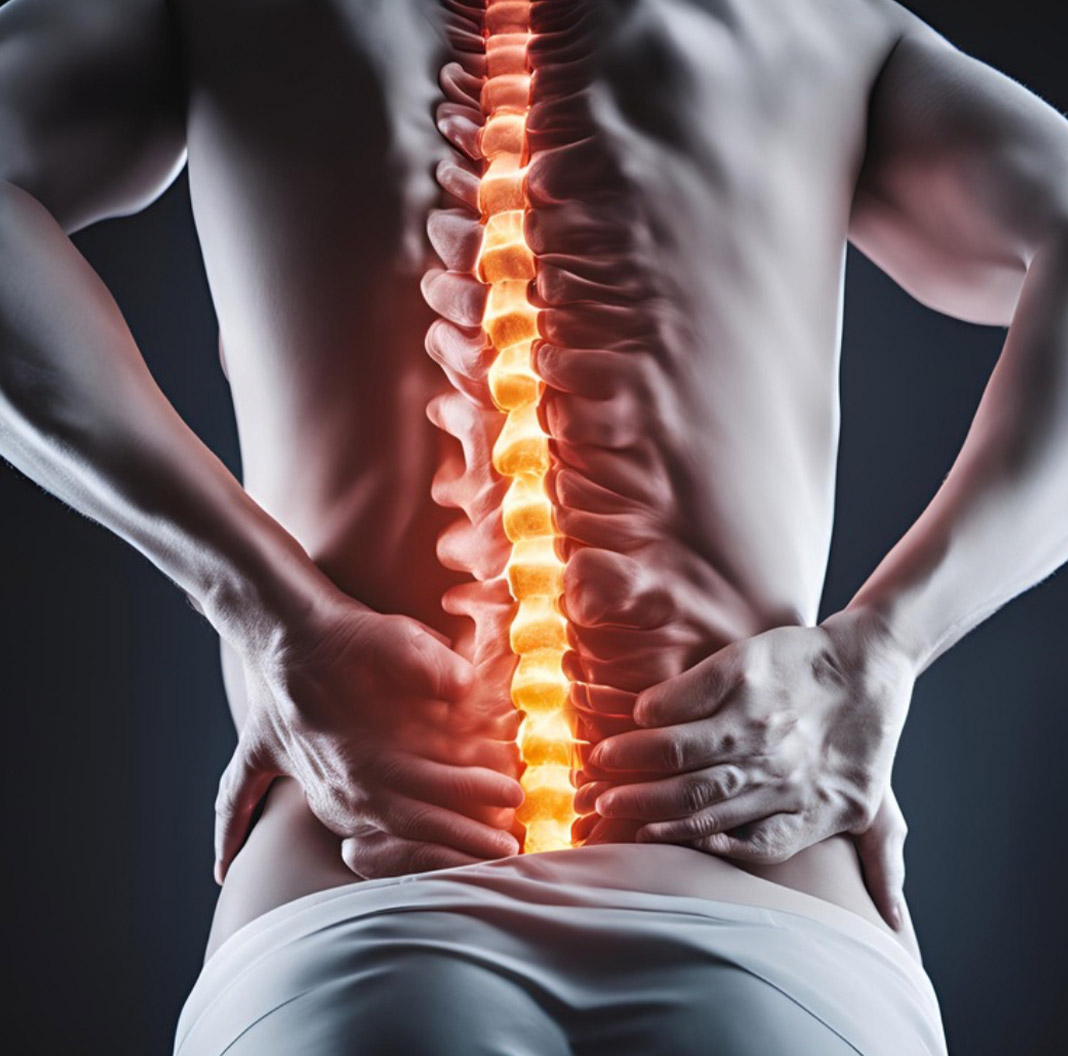Endoscopic spine surgery is an advanced technique that allows us to treat various spinal conditions in a minimally invasive manner.
This surgical approach uses a thin, flexible instrument called an endoscope, which is inserted through small incisions in the skin, allowing direct visualisation of the spine and surrounding structures without the need to make large cuts or separate muscles.
During endoscopic spine surgery, the endoscope is guided into the affected area of the spine, such as a herniated disc, spinal stenosis, or spondylolisthesis, among other conditions. Once in position, the endoscope is used to visualise and treat the underlying cause of pain or spinal dysfunction.

With a minimally invasive approach, there is less risk of surgical complications, such as infection and damage to surrounding tissues, resulting in a faster recovery period and less postoperative pain.
It is important to note that not all patients are candidates for endoscopic spine surgery, and the decision to undergo this type of procedure must be evaluated by our team, so if your doctor has recommended this option, it is important that you make a first appointment on the web form so that we can assess whether it is suitable for your case.
Herniated disc
A herniated disc occurs when the jelly-like material inside an intervertebral disc becomes displaced or protrudes through a rupture in the annulus fibrosus surrounding the disc. This can put pressure on nearby spinal nerves, resulting in pain, numbness, muscle weakness or other symptoms in the areas of the body controlled by those nerves.
After surgery, most patients experience pain relief and improvements in function after endoscopic spine surgery for herniated discs, with a generally shorter recovery time compared to traditional open surgery Endoscopic spine surgery is the best option for treating herniated discs, especially those that do not respond to conservative treatments such as physiotherapy, medication or epidural injections.
Spinal stenosis
Endoscopic spinal surgery is often the best treatment option to relieve symptoms in patients with spinal stenosis. Spinal stenosis is a condition in which the spinal canal narrows, compressing nerve structures and causing symptoms such as low back pain, leg pain, numbness, weakness and difficulty walking.
During endoscopic surgery for spinal stenosis, a series of steps are performed to relieve nerve compression and enlarge the spinal canal.

© NEUROCLÍNICA QUIRÚRGICA BARCELONA 2025 | ALL RIGHTS RESERVED | DESIGNED BY VILAX